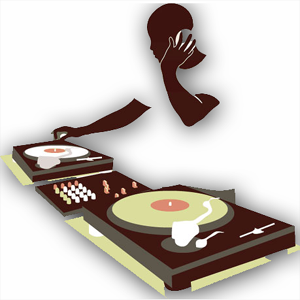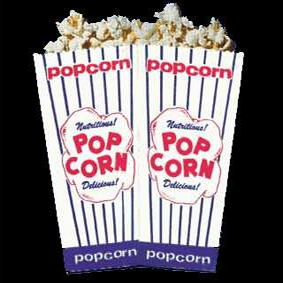
Rndballref
20 Years Experience
Chicago, IL
Male, 60
For twenty years I officiated high school, AAU and park district basketball games, retiring recently. For a few officiating is the focus of their occupation, while for most working as an umpire or basketball referee is an avocation. I started ref'ing to earn beer money during college, but it became a great way to stay connected to the best sports game in the universe. As a spinoff, I wrote a sports-thriller novel loosely based on my referee experiences titled, Advantage Disadvantage
If you directed the ball purposely (saved the ball from going out of bounds) by redirecting the ball in a controlled way that constitutes possession. Ref's judgement as to whether you controlled the loose ball, or not.
Here is the definition of "held ball" in the rule book:
A held ball occurs when 1…opponents have their hands so firmly on the ball that control cannot be obtained without due roughness, or 2…an opponent places his/her hands on the ball and prevents an airborne player from throwing the ball or releasing it on a try.
In the first instance, control cannot be obtained. In the second instance the offensive player starts with control but then loses the ability (i.e.. control) to pass or shoot. So I think you are splitting hairs - each of you are right and wrong in definition 1 vs 2.
Here are the screening rules:1) Stationary B1: A2 is setting a pick and B1 can see the pick within his visual field, then A2 can set the pick anywhere short of contact. If B1 cannot see the pick within his visual field, A1 must set the pick no closer than 1 normal step.2) Moving B1: When screening a moving opponent, the rule book says he must be given time and distance to avoid the pick. The speed of the opponent is a key to allowing this distance and may be one or two steps, all in the judgement of the officials3) Moving B1 and A1, the player moving behind the direction they are moving is responsible for contact.
ok
Bar Mitzvah DJ
 Why are DJ's so unwilling to accommodate song requests?
Why are DJ's so unwilling to accommodate song requests?
Movie Theater Employee
 Why is movie theater food so overpriced?
Why is movie theater food so overpriced?
Server / Bartender
 How much more do female servers get tipped?
How much more do female servers get tipped?
The defender must legally obtain the vertical space BEFORE the offensive player alights for a shot. So, if player B legally obtains a place on the floor and Player A crashes into him while coming down from a shot, player control foul on A.
The defensive player can be moving, but the rulebook says he must be moving obliquely, which means the defender cannot move directly into the path of the offensive player. For example a player who is backpedaling and is run over by the offensive player would draw a player control foul on the dribbler. You can also move sideways and backwards as a defender and still draw a charge.
Putting the wrong player on the line for free throws is one of 5 correctable errors IF it is recognized by an official no later than during the first dead ball after the clock has properly started. If the wrong person was awarded free throws and it is recognized in a timely fashion, the free throws are cancelled and the correct player is awarded the free throws.So, for example the wrong player makes one of two free throws and then the clock is started and a team makes a field goal (the ball is dead after a made basket). Once the other team obtains the ball to put it in play (the ball is live when it is at the disposal of the throw in player) it is too late to correct the error.You can see what a mess this is - best advice for officials, get it right the first time.
In NFHS rules, a non-free thrower cannot enter the lane until the ball hits the rim or backboard. Assuming there was no harsh contact and that the player blocking out entered after the ball hit something (or went in) this should be a no call.
-OR-
 Login with Facebook
Login with Facebook (max 20 characters - letters, numbers, and underscores only. Note that your username is private, and you have the option to choose an alias when asking questions or hosting a Q&A.)
(A valid e-mail address is required. Your e-mail will not be shared with anyone.)
(min 5 characters)
By checking this box, you acknowledge that you have read and agree to Jobstr.com’s Terms and Privacy Policy.
-OR-
 Register with Facebook
Register with Facebook(Don't worry: you'll be able to choose an alias when asking questions or hosting a Q&A.)